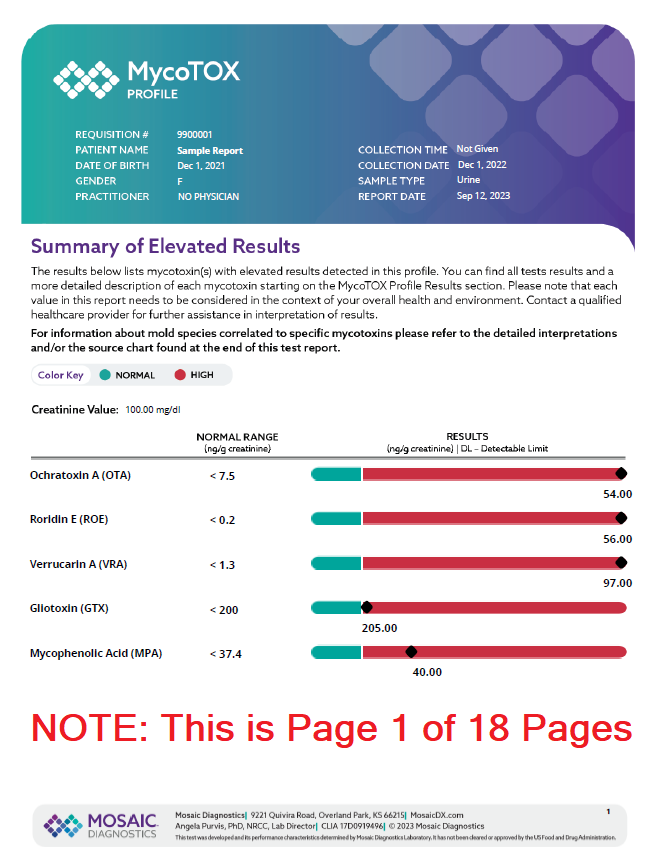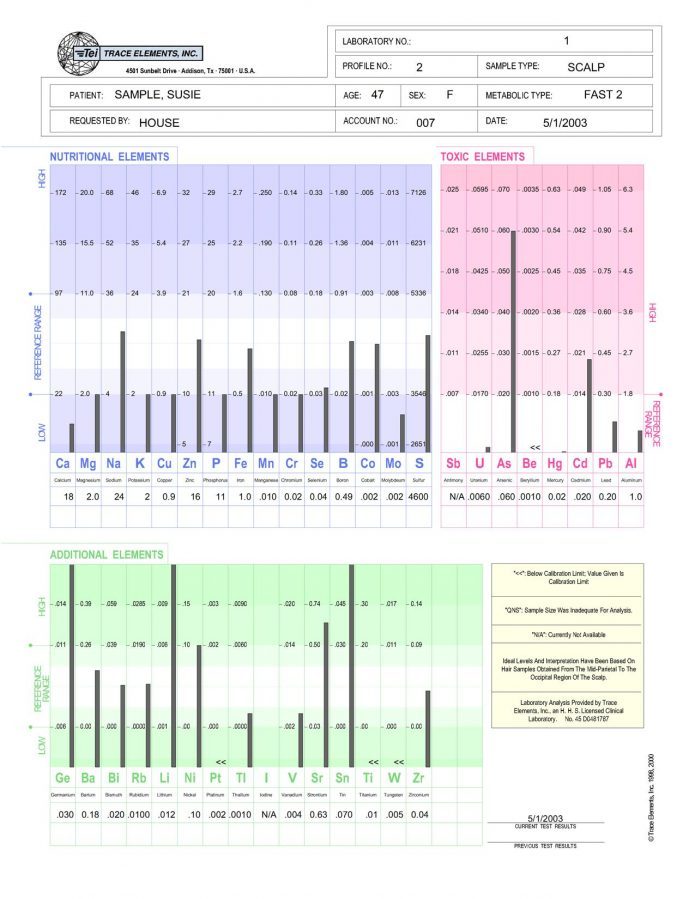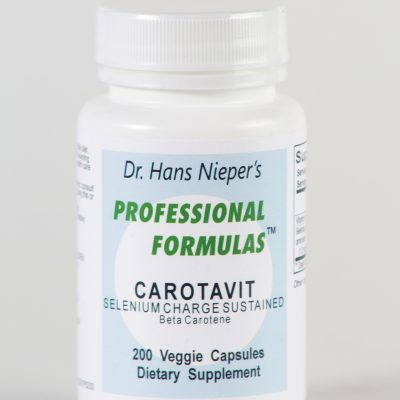
Table of Contents
The Hidden Dangers of Mold in Flooded Homes
Mold and health are pervasive issues that can arise in homes, especially after water damage from flooding. Mold thrives in damp environments, making flooded basements and first floors particularly vulnerable. Understanding the implications of mold growth on health is crucial for homeowners, as it can significantly impact both health and property value. Not only does it pose aesthetic concerns, but it also represents a serious health hazard that requires immediate attention. Also see “A Dirty Secret Hiding with Mold Issues”
The aftermath of flooding presents ideal conditions for spores to flourish. When water infiltrates your home, it can saturate building materials like drywall, wood, and carpets, creating a breeding ground for growth. This article aims to explore the types of mold typically found after flooding, their associated health risks, and practical steps homeowners can take to mitigate these dangers.
It is essential to recognize the connection between mold and health, as prolonged exposure to mold can lead to respiratory issues and other serious health problems.
Understanding Mold Problems from Flooded Basements or in First Floors
Flooded basements and first floors demand a closer examination because they often harbor hidden moisture. Growth can begin to develop within 24 to 48 hours after water exposure, making timely intervention critical. The materials that make up your home can absorb water, leading to prolonged damp conditions, which are ideal for growth. Knowing how to assess the extent of the problem is essential for effective management.
In addition to immediate damage caused by flooding, prolonged moisture can lead to structural damage, affecting the integrity of your home. This can necessitate costly repairs and decrease the property’s marketability. Homeowners must prioritize not just the visible signs of flooding but also the potential for growth lurking behind walls and beneath floors.
The Impact of Water Damage on Indoor Air Quality
Water damage significantly diminishes indoor air quality, which can lead to various health complications. Spores, which are microscopic, can become airborne and be inhaled by residents, leading to respiratory issues and allergic reactions. Homeowners may experience symptoms such as coughing, sneezing, and skin irritation, particularly those with pre-existing conditions like asthma or allergies.
Moreover, the presence of this growth can exacerbate mental health issues. Recent studies indicate a correlation between exposure and increased rates of anxiety and depression among affected individuals. Thus, addressing these problems promptly will not only improve physical health but also foster a better living environment overall.
Types of Molds from Flooding
Common Mold Species Found in Flooded Homes
Flooded homes can host various types, including but not limited to Stachybotrys chartarum (commonly known as black mold), Aspergillus, and Penicillium. Black mold is notorious for being particularly harmful to human health, often requiring professional remediation due to its toxic properties. Aspergillus, while common, can also trigger respiratory issues in sensitive individuals. Penicillium is often found on damp surfaces and can spread quickly if not addressed.
Each type presents unique challenges, necessitating different approaches for removal and prevention. Understanding which types are present in your home can help determine the best course of action and whether professional intervention is required.
Health Risks Associated with Mold Exposure
The health risks posed by exposure are significant and varied. Individuals may experience a range of symptoms, from mild allergic reactions to severe respiratory issues. Long-term exposure can result in chronic health conditions, particularly among vulnerable populations, including children, the elderly, and those with compromised immune systems.
Some common health effects include sinus congestion, skin rashes, headaches, and fatigue. In severe cases, continued exposure to toxic varieties can lead to neurological issues and increased susceptibility to infections. Therefore, it is essential to take these problems seriously and seek solutions promptly.
What You Can Do About Molds in Your Home
Identifying Mold Growth in Your Living Spaces
Identifying growth requires vigilance. Homeowners should regularly inspect areas prone to moisture, such as basements, bathrooms, and around windows. Visible signs include discoloration on walls, ceilings, and floors. Additionally, musty odors may indicate hidden growth, even if it’s not immediately visible.
It’s advisable to use moisture meters to check the humidity levels in your home. Ideally, indoor humidity should be kept between 30% and 50%. If levels are consistently above this range, it could encourage growth. Early detection is key to preventing larger infestations and the associated health risks.
Effective Mold Remediation Techniques
Remediating effectively involves a thorough approach. For minor infestations, homeowners can use vinegar or hydrogen peroxide to clean affected areas. However, larger infestations or toxic types may require professional remediation. Specialists have the knowledge and tools necessary to safely remove growth, as well as to identify and mitigate the underlying causes of moisture.
During the remediation process, it is crucial to wear protective gear, including masks and gloves, to prevent inhalation and skin contact with spores. Additionally, areas affected should be contained to prevent spores from spreading during cleanup. Once the issue is resolved, it’s important to address any moisture problems to prevent future growth.
Prevention Strategies for Future Flooding Issues
Preventing growth after flooding requires a proactive approach. Homeowners should consider investing in sump pumps, proper drainage systems, and waterproofing solutions for basements and first floors. Additionally, regular inspections of roofs, gutters, and plumbing can help identify potential leaks before they become flooding issues.
Furthermore, using dehumidifiers can effectively manage indoor humidity levels, especially in damp seasons. Keeping ventilation systems clean and functional is equally important in promoting airflow and reducing moisture accumulation. Simple steps can go a long way in protecting your home from related issues.
Conclusion: Prioritize Your Health and Home Safety
This growth in flooded homes represents a significant concern for both health and property integrity. By understanding the dangers associated, homeowners can take proactive steps to manage and prevent infestations. Whether it’s identifying growth, implementing effective remediation techniques, or employing preventive measures, the importance of addressing these issues cannot be overstated.
In summary, vigilance, early detection, and prompt action are essential components in managing this issue in your home. By prioritizing health and safety, homeowners can create a healthier living environment for themselves and their families.
FAQ’s
What should I do if I find mold in my home?
If you discover mold, it’s essential to assess the extent of the growth. For minor infestations, cleaning the area with vinegar or a bleach solution may suffice. However, for larger or toxic molds, hiring a professional remediation service is advisable to ensure safe and effective removal.
How can I prevent mold from growing in my home?
To prevent mold, keep indoor humidity low, fix leaks promptly, and ensure proper ventilation in areas prone to moisture. Regular inspections of basements, roofs, and plumbing can also help identify potential issues before they escalate.
Is all mold harmful?
Not all mold is harmful, but some species, like black mold, can pose serious health risks. It’s crucial to identify the type of mold present to determine the appropriate response and remediation strategy.
Can I remove mold myself?
Small mold infestations may be manageable with household cleaning solutions. However, if you have a large infestation or are unsure about safety risks, it’s best to consult with a professional mold remediation service.
How long does it take for mold to grow after flooding?
Mold can begin to grow within 24 to 48 hours after a flooding event. Prompt action is necessary to mitigate health risks and property damage.
Products
At Home Tests
-
←→

Mosaic MycoTOX Profile
$345.00$325.00Mycotoxins are some of the most prevalent toxins in the environment. Mycotoxins are produced from fungi like mold, and can infest buildings, vehicles, and foodstuffs. Fungi are able to grow on almost any surface, especially if the environment is warm and wet. Inner wall materials of buildings, wall paper, fiber glass insulation, ceiling tiles, and gypsum support are all good surfaces for fungi to colonize. These fungi then release mycotoxins into the environment causing symptoms of many different chronic diseases. Diseases and symptoms linked to mycotoxin exposure include fever, pneumonia-like symptoms, heart disease, rheumatic disease, asthma, sinusitis, cancer, memory loss, vision loss, chronic fatigue, skin rashes, depression, ADHD, anxiety, and liver damage. With our MycoTOX Profile, we can identify mycotoxin exposures and make recommendations for detoxification treatments that have been effective.- Buy 2 at $320.00
Mosaic MycoTOX Profile
At Home Health Tests, Mycotoxin Molds Tests, Detox Solutions, Immune System Solutions, Candida Solutions$345.00 $325.00Successfully Added to your Shopping CartAdding to Cart... -
←→

UCARI Intolerance Test Kit
$99.99$88.00Test for 1500+ possible intolerances and nutritional imbalances- Buy 2 at $85.00
UCARI Intolerance Test Kit
At Home Health Tests, Hair Tests, Allergy Tests, Nutritional Tests, Environmental Pollutants Tests, Mycotoxin Molds Tests, Allergy Solutions, Lung Solutions, Gastrointestinal Solutions, Immune System Tests, Candida Solutions$99.99 $88.00Successfully Added to your Shopping CartAdding to Cart... -
←→

US BioTek Organic Acids Profile Environmental Pollutants Profile
$339.00$269.00A unique biochemistry profile called Organic Acid Test (OAT) can detect alterations in your gut, cellular deficiencies, levels of neurotrasmitters, exposures to mold or fungus and indicate need for specific nutrients, diet modifications and detoxification. Combine the OAT with the Environmental Pollutants Profile (EPP) for a more complete snapshot picture of toxic exposure to environmental chemicals.- Buy 2 at $264.00
US BioTek Organic Acids Profile Environmental Pollutants Profile
At Home Health Tests, Nutritional Tests, Mycotoxin Molds Tests, Autism Tests, Environmental Pollutants Tests, Organic Acids Tests, Detox Solutions$339.00 $269.00Successfully Added to your Shopping CartAdding to Cart... -
←→

Analytical Research Labs Hair Test
$179.00$149.00Providing a mineral blueprint of one’s biochemistry, an Analytical Research Labs Hair Minerals Test reports levels of minerals and heavy metals in your body giving possible reasons for your symptoms, with suggestions for nutritional supplements and diet changes. Hair tissue mineral analysis can provide pertinent information about balanced nutrition, one’s metabolic rate, energy levels, sugar and carbohydrate tolerance, stage of stress, immune system and glandular activity.- Buy 2 at $145.00
Analytical Research Labs Hair Test
$179.00 $149.00Successfully Added to your Shopping CartAdding to Cart... -
←→

Trace Elements Nutritional Deficiencies Hair Test
Nutritional Tests, At Home Health Tests, Toxic Metals Tests, Hair Tests, Autism Tests, Immune System Tests$188.00 $148.00Successfully Added to your Shopping CartAdding to Cart...
Supplements
-
←→

Pau d'Arco
Supplements, Immune System Solutions, Detox Solutions, Virus Solutions, Antioxidant Supplements, Candida Solutions, Autism Solutions$33.50Successfully Added to your Shopping CartAdding to Cart... -
←→

Carotavit with Selenium Charge Sustained
$23.40Successfully Added to your Shopping CartAdding to Cart... -
←→

L-Glutathione
$39.00L-Glutathione (GSH) 100 TabletsMaximum quantity exceededMinimum purchase amount of 0 is requiredL-Glutathione
Supplements, Autism Solutions, Detox Solutions, Heart Solutions, Immune System Solutions, Nerve Damage Solutions, Antioxidant Supplements, Gastrointestinal Solutions$39.00Successfully Added to your Shopping CartAdding to Cart...
Fullscript Products
These are items on Dr Psonak’s Fullscript Dispensary
See more High Quality Professional Products on Dr. Psonak's Fullscript Dispensary
References
- Flood Cleanup to Protect Indoor Air and Your Health
- A Brief Guide to Mold, Moisture and Your Home
- EPA site on Mold
- Mold Remediation in Schools and Commercial Buildings Guide
- Assessment and Remediation of Fungi in Indoor Environments, NY City Dept of Health
- Should You Have the Air Ducts in Your Home Cleaned?
- CDC site on Mold General
